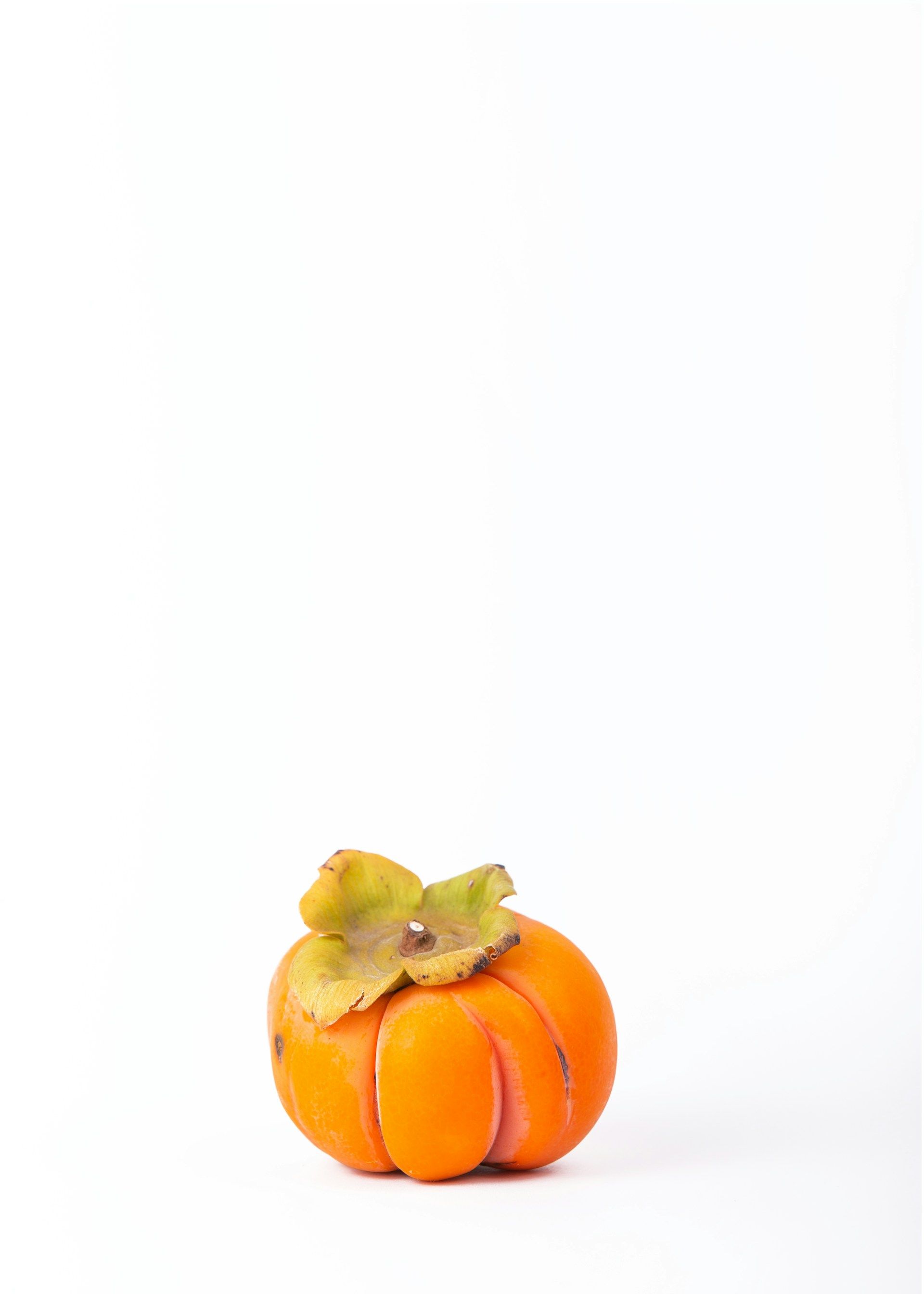
Persimmon - Consommation
Taste
Non-astringent: Sweet and slightly tangy, with a hint of honey or vanilla, depending on the variety. Some find the flavor profile similar to a ripe apricot or mango.
Astringent: Before fully ripe, the fruit is very astringent and unpleasant due to tannins that create a drying and puckering sensation in the mouth. At peak ripeness, the astringency disappears, revealing a lovely flavor similar to other persimmons.
Texture
Non-astringent: They have a crisp, almost apple-like bite with a juicy interior when not fully ripe. As they ripen, the flesh softens considerably, becoming smooth and pudding-like.
Astringent: Always soft and mushy when ripe. Unlike non-astringent varieties, they are not pleasant to eat when crisp.
Conservation
It is recommended to store persimmons at room temperature until they are ripe. Once ripe, they can be refrigerated for up to a few weeks.
Store persimmons in a cool, dry, dark place for a long shelf life. Freeze varieties with higher sugar content. Preserve ripe persimmons as jam or can them.
How to eat
Non-astringent: Slice and eat like an apple; peeling is optional or scoop out the flesh with a spoon like a kiwi.
Astringent: If the fruit is not ripe, do not eat it. When it is ripe, cut it in half with a knife and scoop the flesh with a spoon.